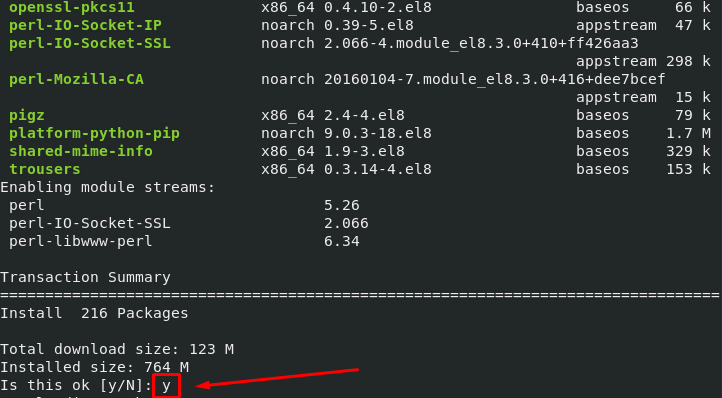

When you run the above command, it will display the version of firefox installed in your machine and its source architecture. See the below command to learn how this works $ sudo yum list firefox Yum makes this very easy by exposing the list option. Listing Package InformationĪdmins should have a clear understanding of all the installed packages in their system. Add the -y option after yum if you want to skip this prompt or are running this command from within Linux shell scripts. This will look for any latest updates and if available, will ask the user for confirmation on whether to install the new release or not. To update an already installed RPM package, use the following command in your Linux terminal. Open source packages keep rolling out newer releases for improving performance and tackling bugs.

You can either enter Y to carry on the package removal process or use the below command to skip this step altogether. This command will also ask for user confirmation as seen earlier. You can use the following command to remove an already installed package from your system. It’s a good way to automate your system management.Īdmins often need to remove obsolete packages to keep their system fresh.

The above command will not ask for confirmation and install the firefox package at one go. Simply enter Y in the confirmation prompt to start the installation. It will display information like the repository name where the package is available and its size. Yum will search the package in its repositories and resolve all dependency issues for you itself. Luckily, yum makes it very easy to install packages. One of the primary usages of a package manager like yum is installing packages on your Linux or BSD system. We suggest readers go over them one by one and bookmark this guide for future references.

Although this guide focuses primarily on RHEL and CentOS, these commands will work the same for all systems using RPM. Our editors have selected 50 widely used yum commands for admins and general users in this guide. Excluding Packages during Installations/Updates Installing and Removing Packages at the Same Time Displaying Enabled or Disabled Repositories Displaying Available Updates for Your System Displaying all Available and Installed Packages Checking if a Package is Already Installed


 0 kommentar(er)
0 kommentar(er)
